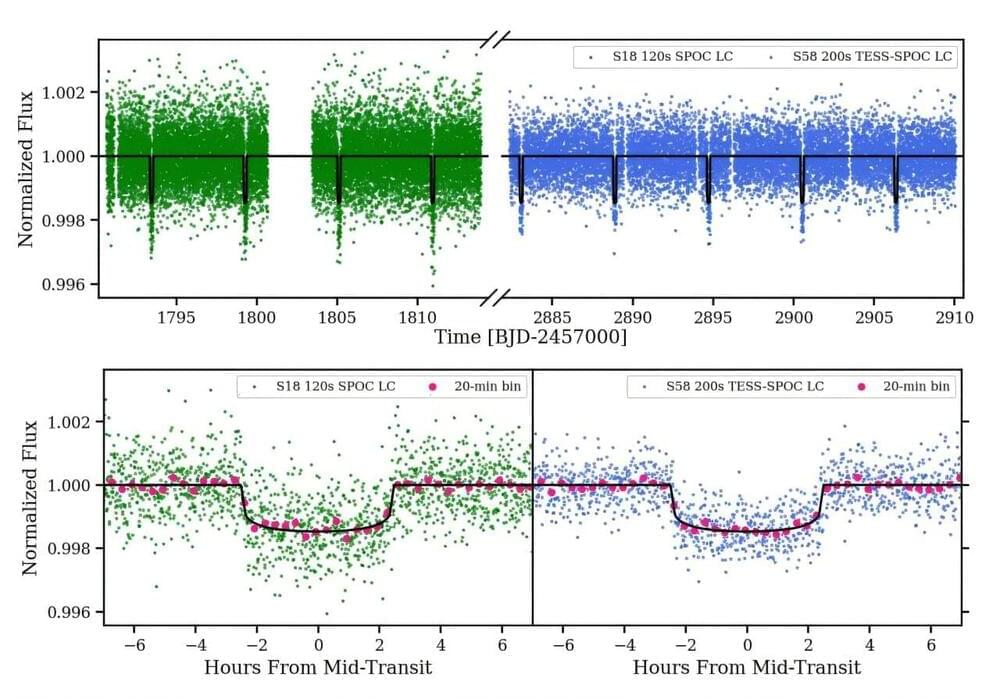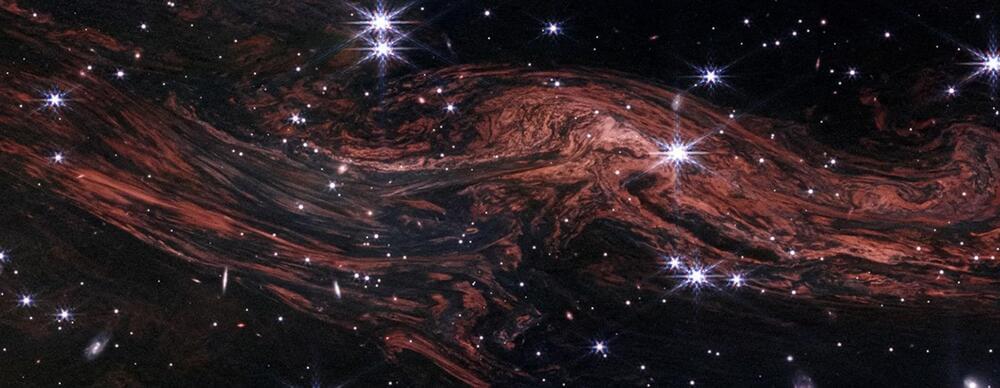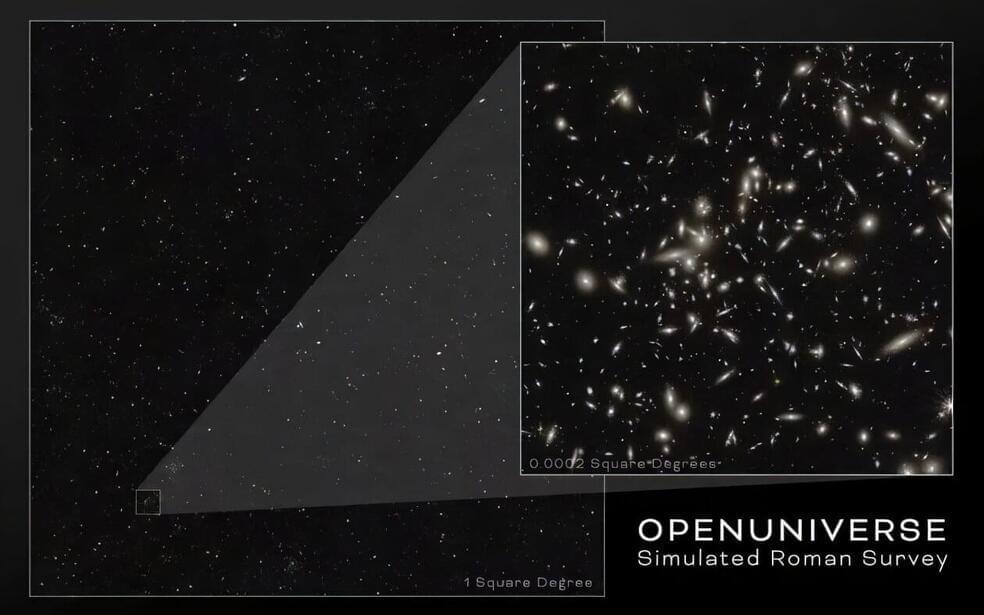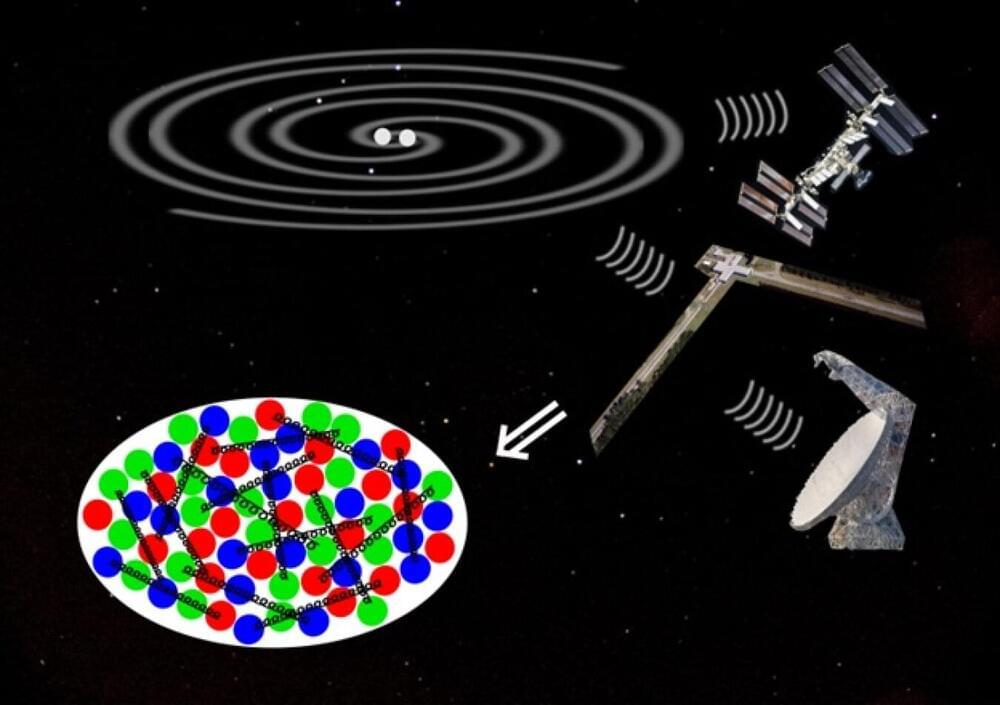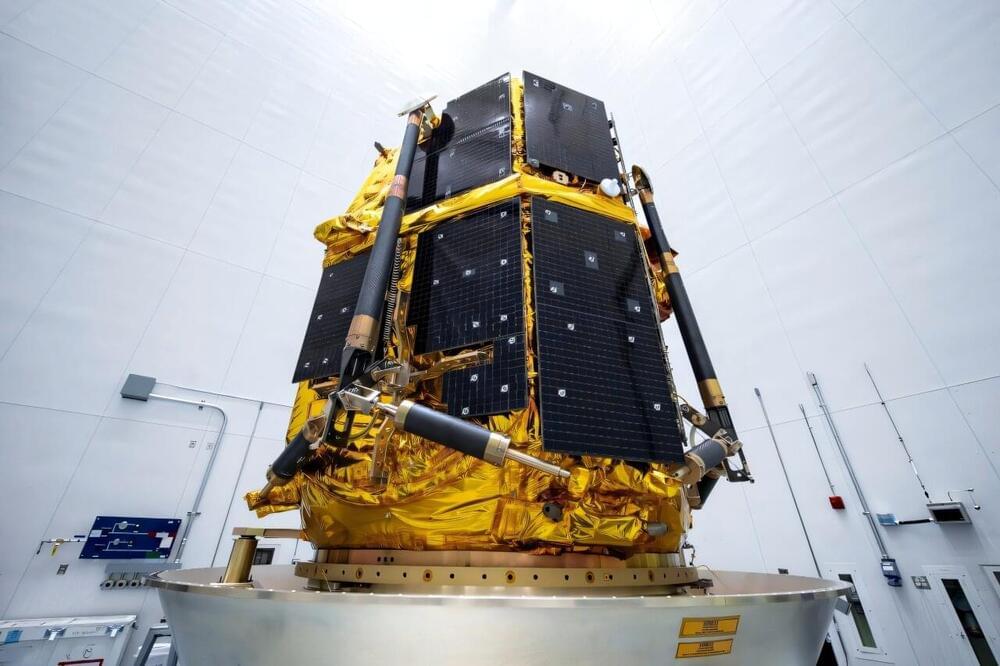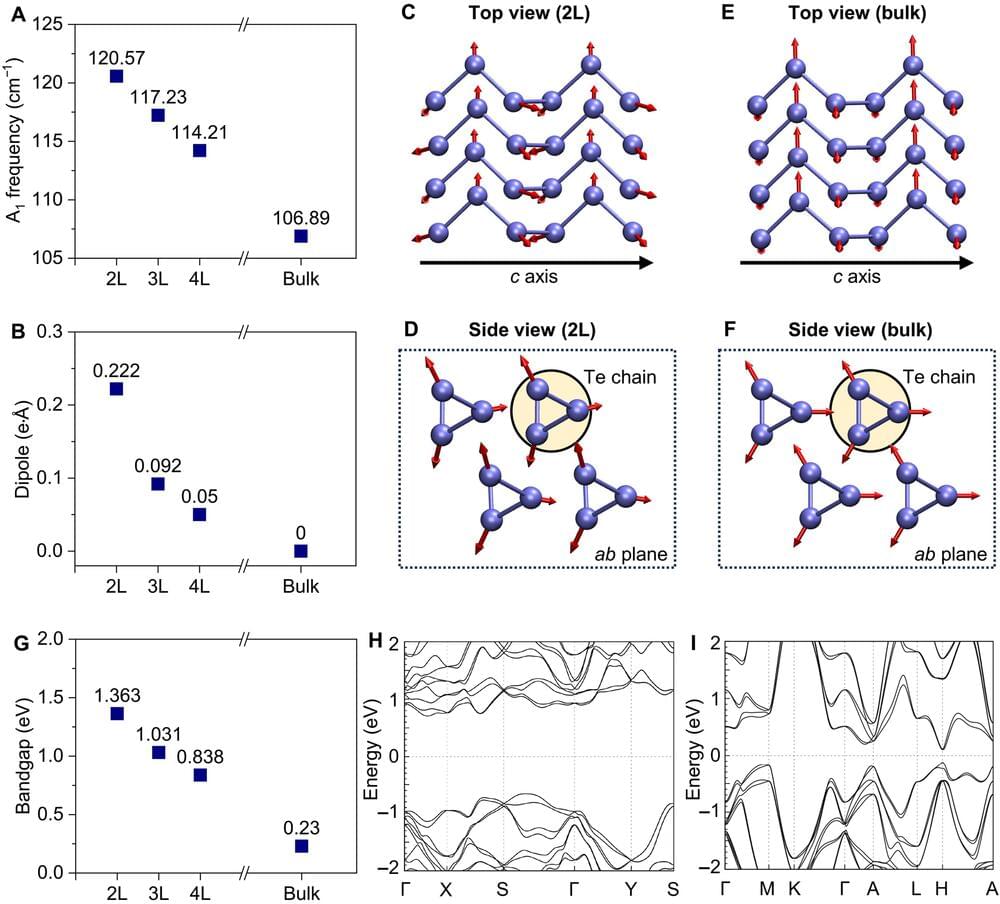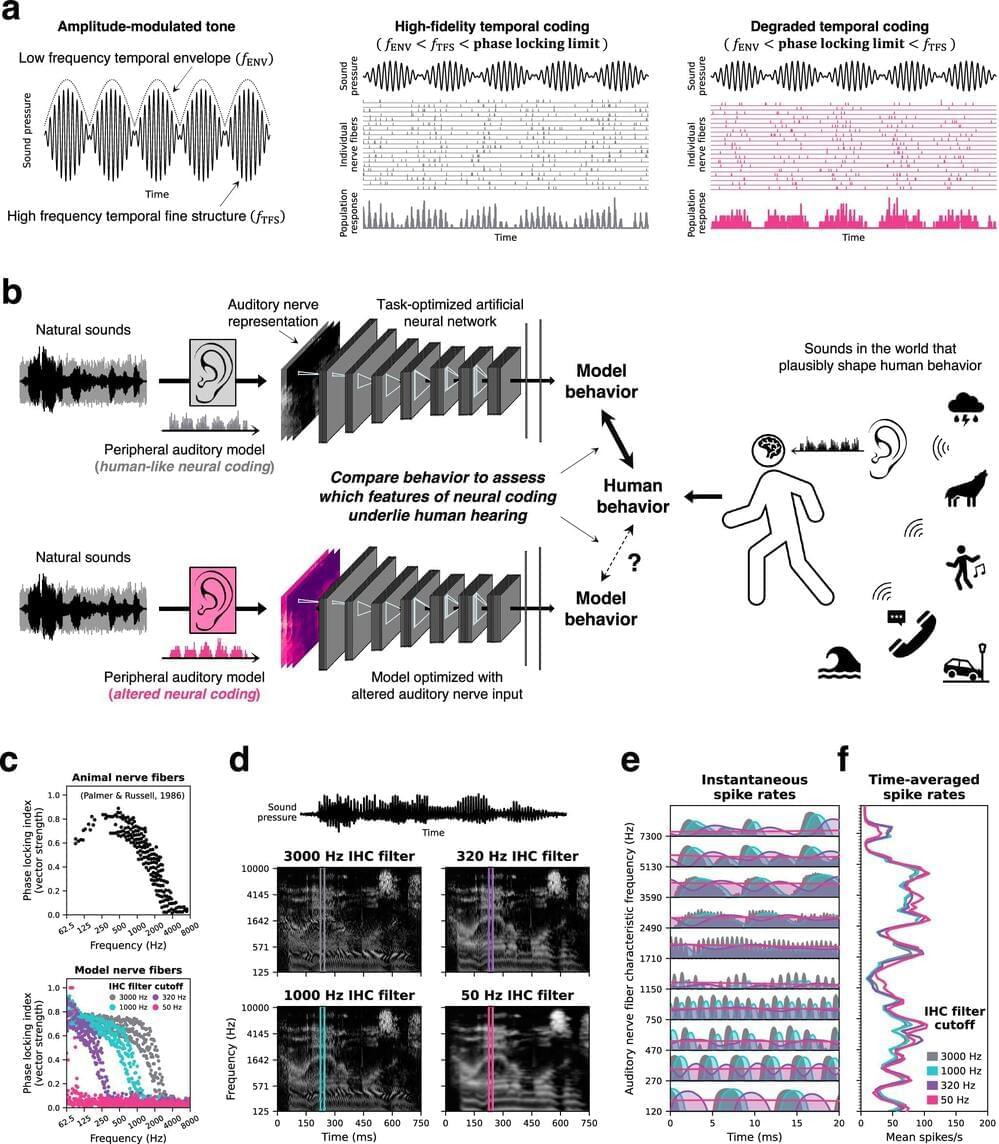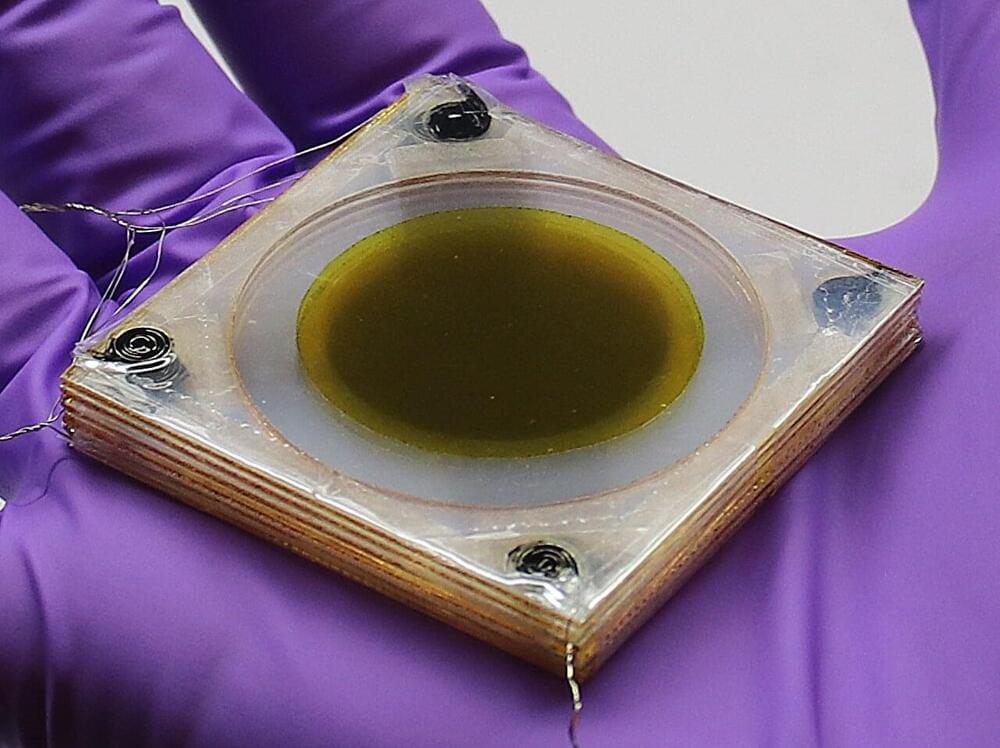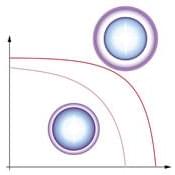Jan 15, 2025
Firefly Blue Ghost Mission 1 Launch to the Moon (Official NASA Broadcast)
Posted by Jose Ruben Rodriguez Fuentes in categories: computing, satellites
Watch Firefly Aerospace’s Blue Ghost lunar lander lift off from NASA’s Kennedy Space Center in Florida on a SpaceX Falcon 9 rocket. SpaceX and Firefly Aerospace are targeting 1:11 a.m. EST (0611 UTC) Wednesday, Jan. 15, 2025, for launch. The lander will carry 10 NASA science investigations to the Moon’s surface.
Following launch, the lander will spend approximately 45 days in transit to the Moon before landing on the lunar surface in early March 2025. The 10 NASA payloads aboard the lander aim to test and demonstrate lunar subsurface drilling technology, regolith sample collection capabilities, global navigation satellite system abilities, radiation tolerant computing, and lunar dust mitigation methods.
Continue reading “Firefly Blue Ghost Mission 1 Launch to the Moon (Official NASA Broadcast)” »

